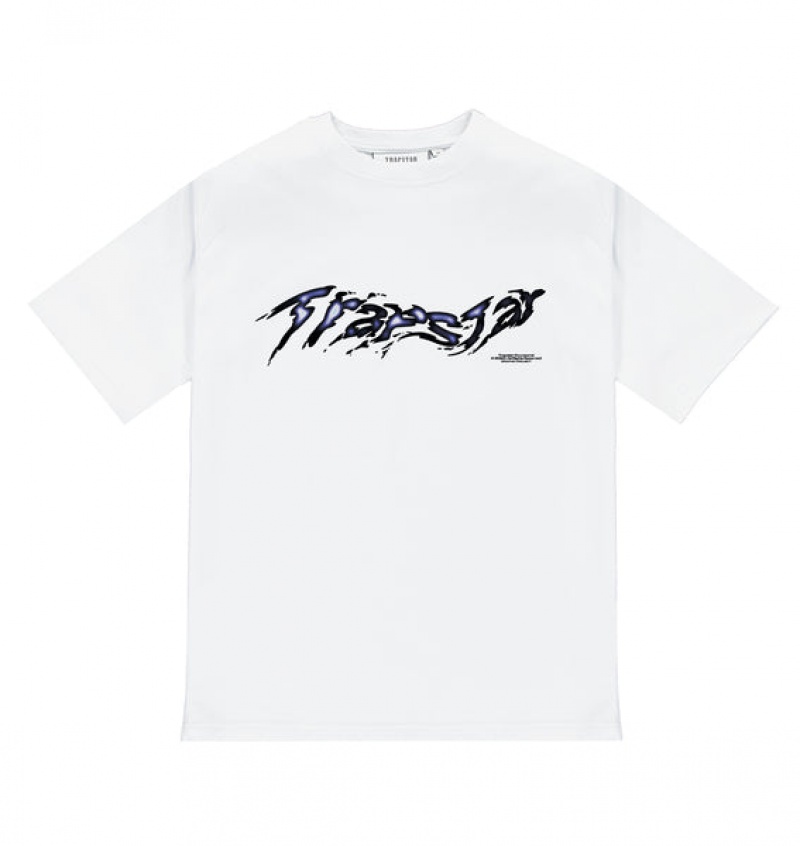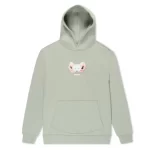Trapstar, a London-based streetwear brand, has become an iconic name in fashion, embodying the gritty yet inspirational spirit of the city’s underground culture. Founded by Mikey, Lee, and Will in 2005, Trapstar started as a small-scale, DIY operation and has since evolved into a globally recognised brand, worn by celebrities, musicians, and fashion enthusiasts alike. Its journey from a local secret to a global phenomenon is a testament to the brand’s unique vision, Trapstar’s https://trapstar-fr.store/ ability to tap into the zeitgeist of urban culture, and its commitment to remaining true to its roots.
Origins: From Underground to Mainstream
Trapstar began as an expression of the founders’ passion for music, art, and street culture. Initially, it was a side project where the trio would print limited runs of T-shirts and sell them to friends and local community members. The name “Trapstar” itself reflects a blend of contrasts: “trap” refers to the gritty realities of street life, while “star” represents the aspirations of success and recognition.
The brand’s early designs were heavily influenced by hip-hop culture, comic books, and film noir, featuring bold graphics and cryptic slogans that resonated with a generation seeking something different from mainstream fashion. The founders’ guerilla marketing strategies, such as using social media platforms and word-of-mouth to build a buzz, played a crucial role in establishing Trapstar’s reputation as an authentic and edgy brand.
Breakthrough and Celebrity Endorsement
Trapstar’s big break came when it caught the attention of celebrities, particularly within the music industry. Artists like Rihanna, Jay-Z, and A$AP Rocky were spotted wearing Trapstar clothing, catapulting the brand into the global spotlight. This celebrity endorsement not only validated the brand’s cool factor but also introduced it to a wider audience.
The brand’s appeal lies in its ability to merge high fashion with streetwear, creating pieces that are both stylish and accessible. Trapstar’s collections often include a mix of T-shirts, hoodies, jackets, and accessories, characterized by their distinctive use of graphic prints, oversized silhouettes, and a predominantly black and white color palette. This aesthetic, combined with the brand’s limited-edition drops, has helped it cultivate a sense of exclusivity and desirability.
Collaboration and Expansion
In addition to its core collections, Trapstar has collaborated with several high-profile brands and artists, further cementing its status in the fashion world. Notable collaborations include partnerships with brands like Puma, Nike, and Footlocker, as well as artists like Meek Mill and The Weeknd. These collaborations have allowed Trapstar to expand its reach while staying true to its streetwear roots.
The brand has also ventured into new territories, opening flagship stores in London and pop-up shops in cities like New York, Tokyo, and Paris. These physical spaces provide fans with an immersive Trapstar experience, where they can explore the brand’s latest collections and exclusive releases.
The Trapstar Ethos: “It’s A Secret”
One of Trapstar’s defining characteristics is its enigmatic and secretive nature. The brand’s motto, “It’s A Secret,” encapsulates its approach to marketing and brand identity. By maintaining an air of mystery and limiting the availability of its products, Trapstar has created a strong sense of community among its followers. This exclusivity is a key part of the brand’s allure, making each piece of clothing feel like a coveted item.
The Future of Trapstar: Navigating the Changing Landscape
As Trapstar moves forward, the brand faces the challenge of maintaining its underground credibility while expanding its global presence. The streetwear landscape is constantly evolving, with new brands emerging and trends shifting at a rapid pace. However, Trapstar’s ability to stay relevant lies in its deep connection to its roots and its commitment to innovation.
One of the key strategies for Trapstar’s future success is its continued focus on collaborations. By partnering with both established brands and emerging talents, Trapstar can tap into new markets and reach diverse audiences. These collaborations allow the brand to experiment with different styles and concepts, keeping its offerings fresh and exciting.
Moreover, Trapstar is likely to continue leveraging digital platforms to engage with its audience. Social media, particularly Instagram, has been instrumental in building the brand’s identity and fostering a sense of community among its followers. As the digital landscape evolves, Trapstar will need to adapt to new technologies and trends, potentially exploring opportunities in the metaverse, NFTs, or other forms of digital fashion.
Sustainability is another area where Trapstar could make significant strides. As consumers become more conscious of environmental and ethical issues, brands that prioritize sustainability are gaining favor. Trapstar has the opportunity to integrate more sustainable practices into its production processes, whether through the use of eco-friendly materials, reducing waste, or promoting ethical labor practices. By doing so, Trapstar can appeal to a growing segment of socially conscious consumers while setting an example for other streetwear brands.
The Cultural Impact of Trapstar
Trapstar’s influence extends beyond fashion; it has become a cultural symbol for a generation that values authenticity, creativity, and self-expression. The brand’s narrative—rooted in the struggles and aspirations of London’s underground scene—resonates with young people around the world who see fashion as a means of storytelling.
The brand’s success also highlights the power of diversity in the fashion industry. As a Black-owned business that emerged from London’s multicultural neighborhoods, Trapstar represents the voices of those often marginalized in mainstream fashion. Its rise to prominence is a reminder that creativity and innovation often come from the fringes, and that these perspectives are crucial in shaping the future of fashion.
Trapstar’s Legacy
Looking ahead, Trapstar’s legacy will likely be defined by its role in shaping modern streetwear and its impact on global fashion culture. The brand has already left an indelible mark on the industry, influencing a new generation of designers and entrepreneurs who see streetwear as more than just clothing—it’s a movement, a form of rebellion, and a way to connect with like-minded individuals.
Trapstar’s ability to remain relevant and innovative, while staying true to its origins, will determine its place in the fashion world for years to come. If the brand continues to push boundaries and challenge conventions, it has the potential to evolve from a streetwear label into a cultural institution.
Conclusion
Trapstar’s journey from a small, underground operation to a global streetwear powerhouse is a story of creativity, perseverance, and staying true to one’s vision. The brand’s unique blend of fashion, music, and culture has captured the imagination of fans worldwide, making it a standout in the crowded streetwear market.
As Trapstar navigates the future, it will need to balance its underground ethos with the demands of a growing global audience. By continuing to innovate, collaborate, and remain authentic, Trapstar can not only sustain its success but also leave a lasting legacy in the world of fashion. The brand’s ability to adapt to changing trends while maintaining its core identity will be key to its continued relevance and influence in the years to come.
Conclusion
Trapstar has successfully navigated the competitive world of streetwear by staying true to its origins while continuously evolving. Its ability to blend the raw energy of London’s streets with the sophistication of high fashion has earned it a loyal following and a prominent place in the global fashion landscape. As the brand continues to grow and expand, Trapstar remains a symbol of creativity, resilience, and the power of staying authentic in an ever-changing industry.



